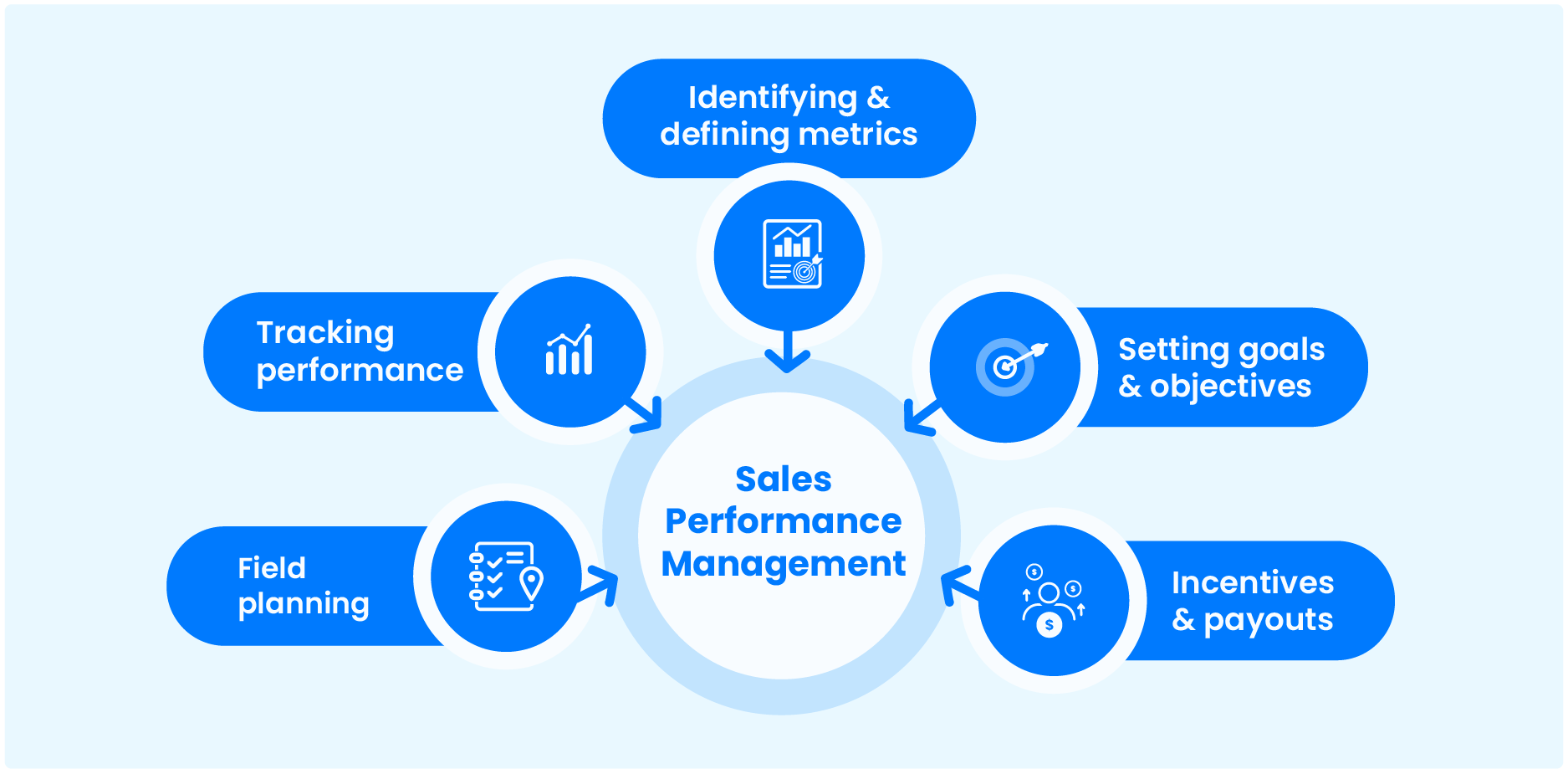Are you struggling to understand why your sales are lagging? Are you spending valuable time analyzing data without seeing the insights you need to drive growth? The answer might lie in implementing a robust sales performance monitoring tool. In today’s competitive landscape, simply tracking sales figures isn’t enough. You need to understand how your team is performing, where opportunities exist, and how to capitalize on them. This article will delve into the world of sales performance monitoring tools, explaining what they are, how they work, and which ones are best suited for your business. Let’s explore how these tools can transform your sales strategy and ultimately, boost your bottom line.
![]()
What Are Sales Performance Monitoring Tools?
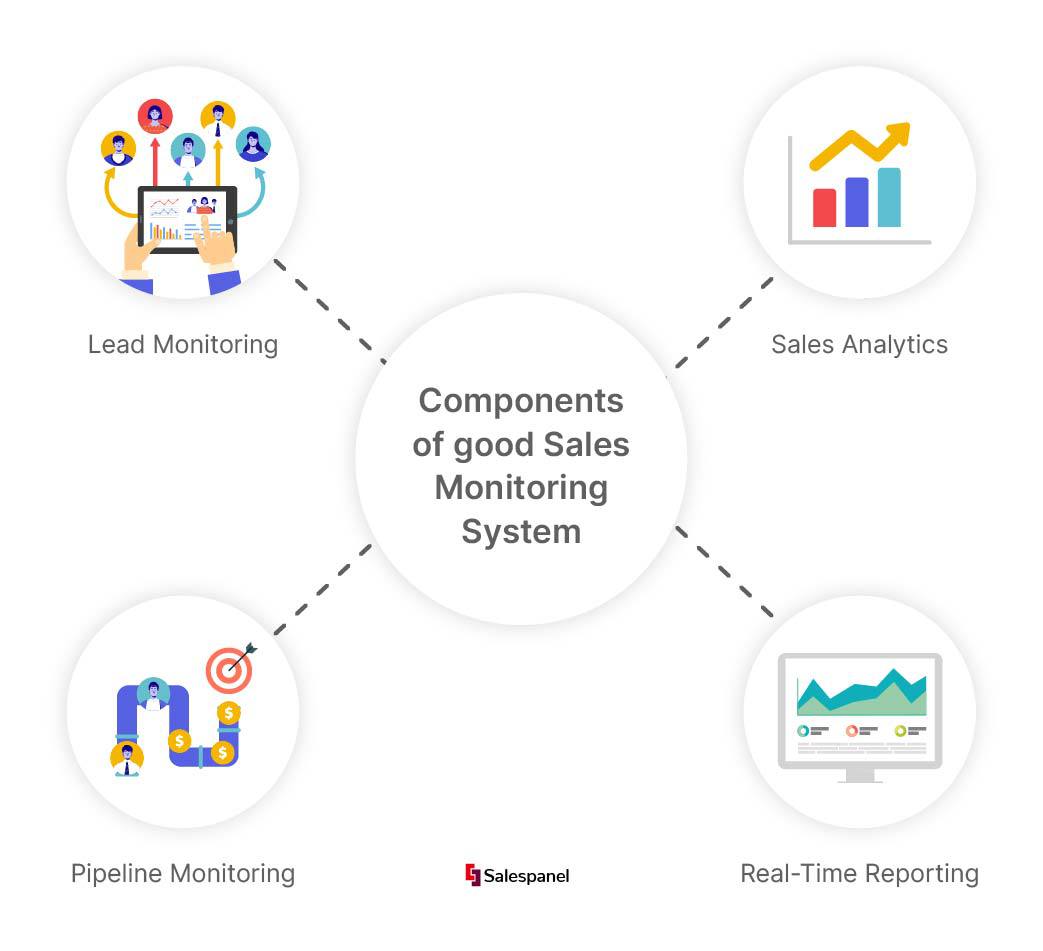
Sales performance monitoring tools are software solutions designed to collect, analyze, and visualize sales data. They go beyond simple reporting by providing deeper insights into the entire sales process – from lead generation to closing deals. They automate many of the manual tasks associated with sales tracking, freeing up your team to focus on building relationships and closing deals. Instead of relying on spreadsheets and disparate data sources, these tools consolidate information into a single, accessible platform. They offer a comprehensive view of your sales pipeline, allowing you to identify bottlenecks, track key metrics, and make data-driven decisions. The core function is to provide a clear picture of where your sales are happening, how they’re happening, and why they’re happening – or not happening. Choosing the right tool is crucial for maximizing its effectiveness.
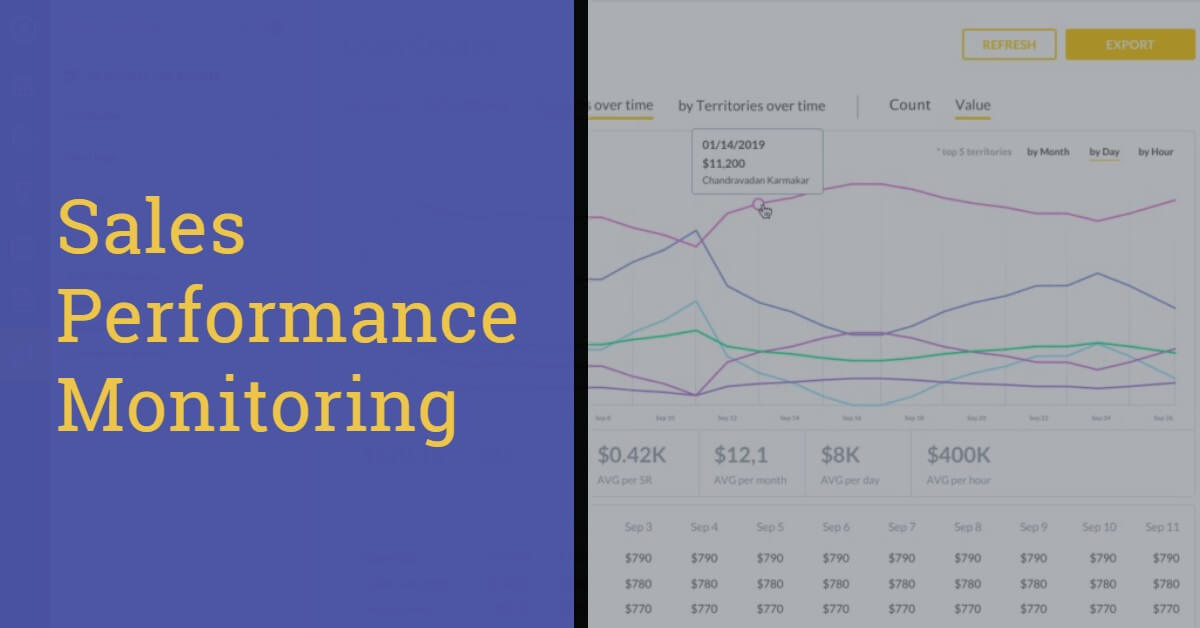
Key Features of Sales Performance Monitoring Tools
Several key features distinguish sales performance monitoring tools from traditional reporting systems. Here’s a breakdown of what you can expect:

- Lead Tracking & Scoring: Many tools integrate with CRM systems to automatically capture lead information, assign scores based on engagement, and track lead progression through the sales funnel. This allows you to prioritize your efforts on the most promising leads.
- Sales Pipeline Visualization: These tools present your sales pipeline in a visual format – often using customizable charts and graphs – making it easy to see where deals stand at each stage. This allows for quick identification of potential roadblocks.
- Activity Tracking: Record every interaction a sales rep has with a prospect – calls, emails, meetings, demos – to gain a complete understanding of the sales process.
- Forecasting & Reporting: Generate accurate sales forecasts based on historical data and pipeline activity. Customize reports to track key metrics like conversion rates, average deal size, and sales cycle length.
- Automation: Many tools offer automation features, such as automated email sequences, task reminders, and lead assignment, streamlining your sales workflow.
- Integration Capabilities: Seamless integration with other business systems, like marketing automation platforms, accounting software, and customer service tools, is vital for a holistic view of the sales process.
The Importance of Data-Driven Sales Strategies
The true power of sales performance monitoring tools lies in their ability to translate raw data into actionable insights. Without proper analysis, you’re essentially flying blind. Here’s why data-driven strategies are essential:
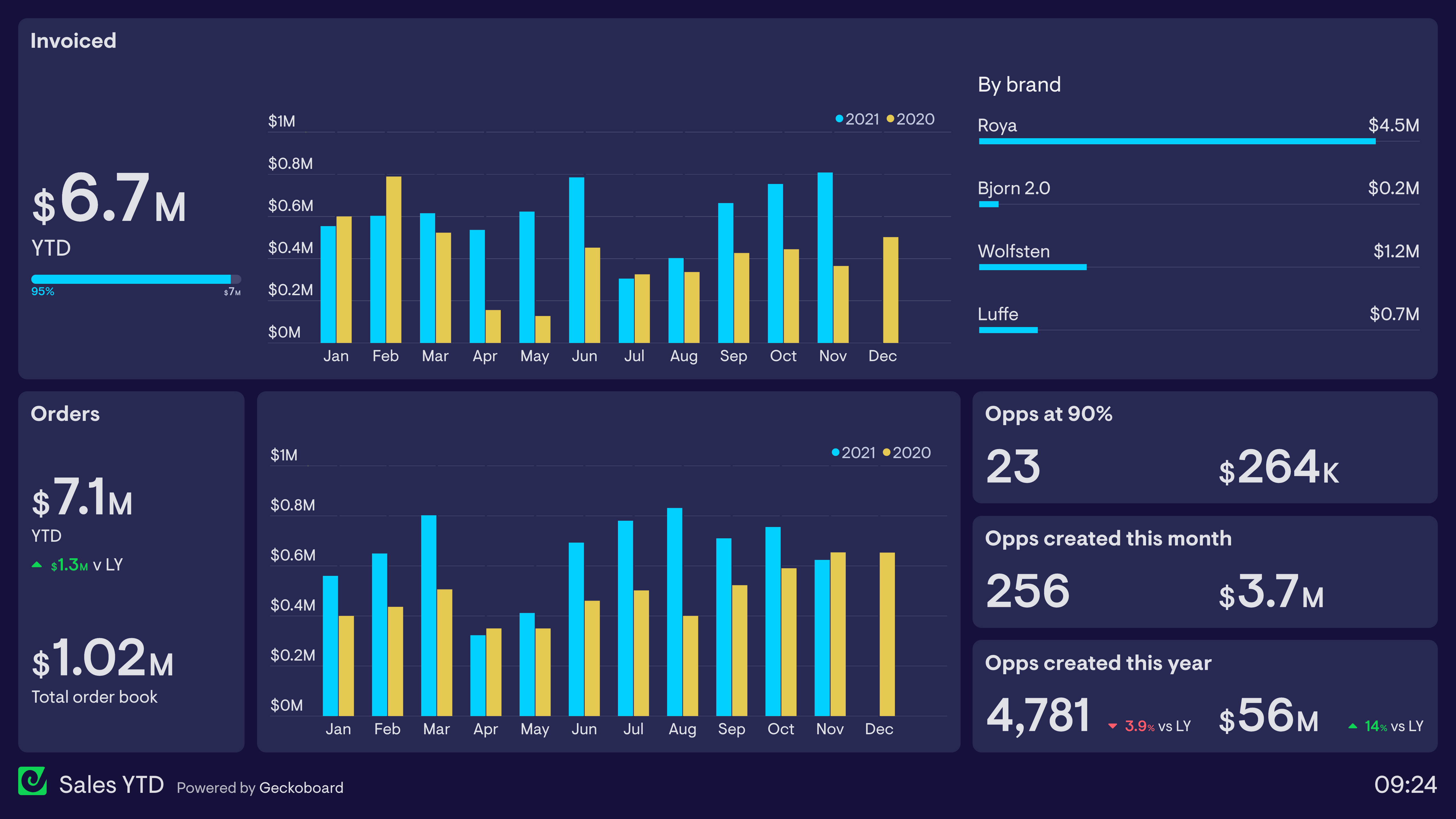
- Identify Bottlenecks: Analyze your pipeline to pinpoint areas where deals are stalling – from slow lead conversion rates to ineffective sales calls.
- Optimize Sales Processes: Understand which sales activities are most effective and which ones need improvement. Are your sales reps spending too much time on certain tasks? Are demos consistently failing?
- Improve Sales Training: Use data to identify skill gaps within your sales team and tailor training programs accordingly.
- Increase Conversion Rates: By understanding the factors driving conversions, you can optimize your sales messaging and approach to improve your conversion rates.
- Targeted Marketing: Leverage sales insights to refine your marketing campaigns and ensure that your message is resonating with the right prospects.
Specific Sales Performance Monitoring Tools to Consider
The market for sales performance monitoring tools is diverse, offering solutions to suit various business needs and budgets. Here are a few popular options to consider:
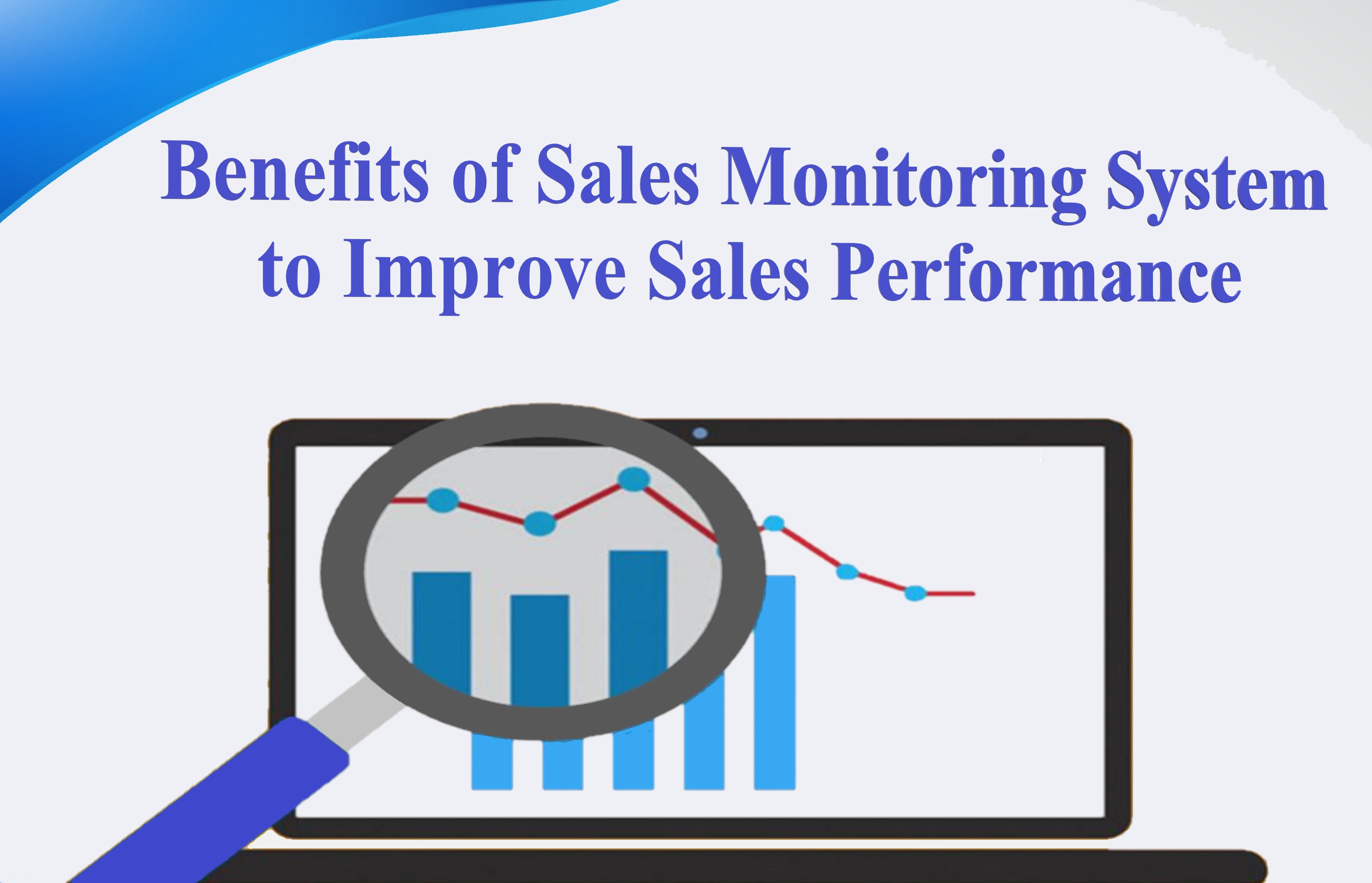
- Salesforce Sales Cloud: A comprehensive CRM platform with robust sales performance features, including lead scoring, pipeline management, and forecasting. (Suitable for larger businesses)
- HubSpot Sales Hub: A popular CRM with built-in sales analytics and reporting, offering a user-friendly interface and a range of integrations. (Great for small to medium-sized businesses)
- Pipedrive: A sales-focused CRM known for its visual pipeline management and ease of use. (Ideal for smaller teams and sales professionals)
- Zoho CRM: A versatile CRM offering a wide range of features, including sales forecasting, reporting, and automation. (A cost-effective option for growing businesses)
- Clari: A specialized tool focused on sales forecasting and pipeline optimization, particularly effective for B2B sales. (Excellent for complex sales cycles)
Advanced Features & Considerations
Beyond the basic features listed above, some sales performance monitoring tools offer advanced capabilities:

- Predictive Analytics: Utilize machine learning to forecast future sales performance based on historical data and market trends.
- AI-Powered Insights: Leverage artificial intelligence to automatically identify patterns and anomalies in your sales data, providing deeper insights than traditional reporting.
- Customizable Dashboards: Create personalized dashboards to track the metrics that are most important to your business.
- Mobile Access: Access your sales data and reports on the go with mobile apps.
- Security & Compliance: Ensure the tool you choose meets your organization’s security and compliance requirements.
The Role of Data Quality in Sales Performance Monitoring
The effectiveness of any sales performance monitoring tool hinges on the quality of the data it collects. Garbage in, garbage out – this adage applies directly to sales data. Ensure your data is accurate, complete, and consistent. Regularly cleanse and validate your data to avoid misleading insights. Invest in data governance to establish clear data standards and processes.

Beyond the Tools: Building a Sales Culture
While sales performance monitoring tools are invaluable, they are just one piece of the puzzle. A truly successful sales strategy requires a strong sales culture – one that empowers your team, fosters collaboration, and prioritizes customer success. Investing in training, coaching, and a supportive work environment will significantly improve your team’s performance.
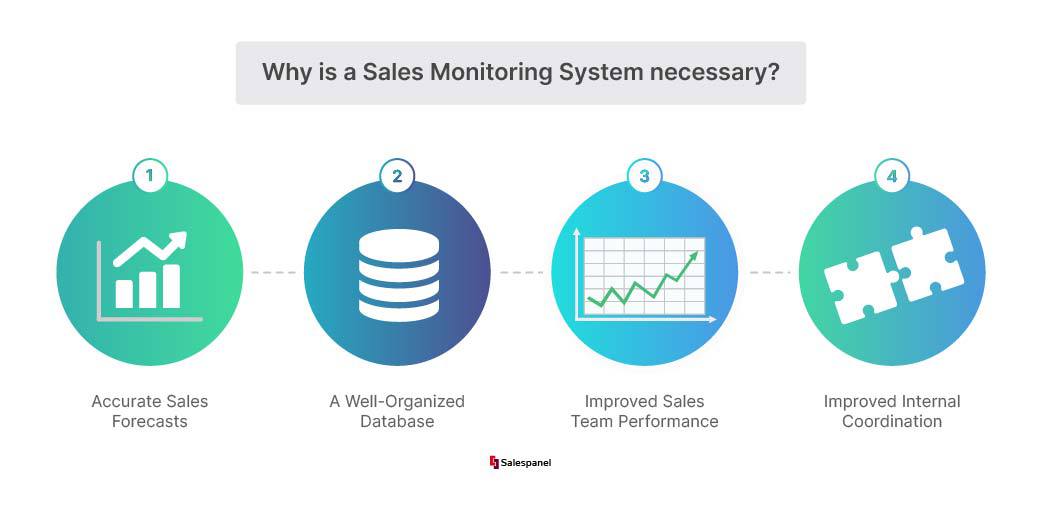
Conclusion
Sales performance monitoring tools have fundamentally changed the way businesses approach sales. By providing a clear, centralized view of the sales process, these tools empower sales teams to identify bottlenecks, optimize their strategies, and ultimately, drive revenue growth. Choosing the right tool, implementing it effectively, and cultivating a data-driven culture are crucial for maximizing the benefits of these powerful tools. Remember, the goal isn’t just to track data; it’s to use that data to transform your sales performance and achieve your business objectives. Don’t underestimate the power of a well-executed sales performance monitoring strategy – it’s an investment that pays dividends in the long run.
